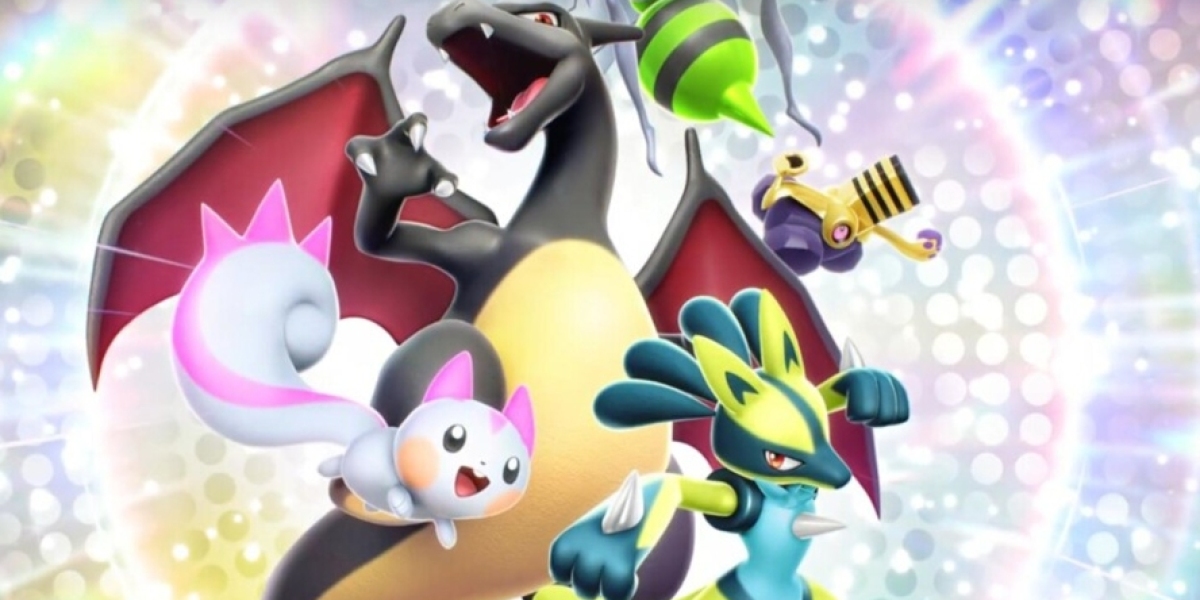Modern relationships are complicated. People juggle demanding careers, digital overload, and emotional expectations that often feel impossible to meet. Against this backdrop, sex dolls have emerged as a quiet form of relief — not necessarily as replacements for partners, but as tools for balance and emotional reset.
Unlike short-lived escapism, today’s sex dolls offer something more subtle: stability without pressure. For individuals recovering from heartbreak, dealing with loneliness, or navigating trauma, the ability to experience closeness in a safe, non-judgmental way can be deeply therapeutic. It’s an emotional bridge rather than an escape route.
Interestingly, relationship therapists have started to explore this space. Some suggest that the non-reactive nature of dolls helps people reflect on their behavior — how they express affection, how they manage expectations, and how they process emotional needs. The doll becomes a mirror, reflecting aspects of intimacy that can later translate into healthier human connections.
This growing acceptance signals a redefinition of companionship. Rather than viewing shemale sex dolls through the lens of isolation, many users describe them as part of a personal wellness routine — a blend of relaxation, comfort, and self-exploration.
Couples, too, are entering the conversation. In some relationships, introducing a doll together has helped partners reignite communication, experiment with fantasy, or explore new emotional boundaries safely. The doll in a sex doll storage case becomes a shared experience rather than a private secret.
From a cultural point of view, this evolution challenges old notions of what constitutes intimacy. The idea that connection must only exist between two humans is slowly fading. Instead, intimacy is being reframed as a spectrum — something that can include emotion, trust, imagination, and even artificial companionship.
Of course, this new landscape raises ethical and social questions. Will emotional reliance on synthetic partners reshape human expectations? Or will it simply expand the range of acceptable ways to meet our needs? As with most technological shifts, the truth likely lies in balance: sex dolls aren’t replacing relationships, but they are prompting society to think differently about what emotional fulfillment looks like.
As the technology continues to evolve, we’ll likely see more integration between emotional AI, lifelike robotics, and personalized design. The next generation of dolls might respond not just to touch or voice but to mood, adapting to human energy and emotion.
This isn’t just a story about technology — it’s about redefining connection in a world where traditional intimacy often feels fragmented. Sex dolls, once seen as symbols of loneliness, are now quietly reshaping how we talk about affection, independence, and what it truly means to be understood.
Social: https://www.youtube.com/@BestRealDoll



